Activities of the CESNI in the field of information technologies
In the information technologies’ field (TI), the principal activities are:
-
to develop proposals for the development and revision of technical standards in the field of information technologies, in particular for River Information Services (RIS), including proposals for the revision of standards made mandatory by EU regulations;
-
to promote the proper implementation of standards in the field of RIS and other areas of information technologies;
-
to provide advice and analysis on information technology standards (including RIS), in particular to support policy initiatives on digital instruments in inland navigation and the gradual introduction of electronic documents.
Work programme detailing the various tasks: https://www.cesni.eu/en/about-cesni/work-programme/
Activities in the information technologies field are carried out by the CESNI/TI working group. It was set up by CESNI resolution 2018-II-16 of 5 December 2018. It came into force on 1st January 2019. Following the setting up of the CESNI/PT and CESNI/QP working groups in 2015, it is CESNI’s 3rd permanent working group. This group has 4 temporary working groups (see item “ES-RIS, the standard encapsulating all RIS-related technical rules” below).
A close-up view of the work on river information services (RIS)
History
River Information Services (RIS) are a concept that pre-dates the setting up of the CESNI/TI Working group. The concept in its present form came into being at the end of the 1990s, based on the idea that river information serves inland navigation transport and traffic management, but that this information needs to be standardised to allow service interoperability. RIS thereby help to improve safe and efficient navigation, while also making this mode of navigation more environmentally friendly.
RIS objectives
The primary objectives of RIS are:
1) transport should be safe:
2) transport should be efficient:
-
maximise throughput or effective capacity of waterways,
-
maximise the carrying capacity of vessels (length, width, draught and height),
-
reduce travel time,
-
reduce workload of RIS users,
-
reduce transport costs,
-
reduce fuel consumption,
-
provide efficient and economical link between transport modes,
-
provide efficient harbours and terminals;
3) transport should be environmentally friendly:
-
reduce environmental hazard,
-
reduce polluting emissions and spills due to accidents, illegal actions or normal operations.
Technical aspects associated with RIS
4 technologies for delivering the above services have been identified:
-
Inland ECDIS – Electronic Chart Display and Information System
-
NtS – Notices to Skippers
-
ERI – Electronic Reporting International
-
VTT – Vessel Tracking and Tracing
“AIS” (Automatic Identification System) technology, consisting in transmitting positional, speed and other important information by radio, is dealt with within the context of VTT technology.
ES-RIS, the standard encapsulating all RIS-related technical rules
The technical rules applicable to these 4 technologies are defined in the ES-RIS (European Standard River Information Services).
ES-RIS also contains the rules defining operational and performance requirements, testing methods, and required test results in order to be able to verify in a harmonised way that an item of equipment complies with the aforementioned rules.
The first edition of ES-RIS contains the test standard for Inland AIS. It is intended to incorporate other test standards.
The first edition of ES-RIS, ES-RIS 2021/1, was adopted by the CESNI in April 2021.
Technical developments in the information technologies field are very rapid. The technical rules to be incorporated in a new edition of ES-RIS are therefore developed and examined within dedicated working groups.
To this end, in 2019, the CESNI set up 4 temporary working groups, attached to the CESNI/TI Working group, and responsible for the 4 aforementioned technologies:
-
Temporary Working group for Electronic Chart Display and Information System for Inland Navigation (CESNI/TI/Inland ECDIS)
-
Creation of the temporary Working group for Electronic Reporting International (CESNI/TI/ERI)
-
Creation of the temporary Working group for Vessel Tracking and Tracing (CESNI/TI/VTT)
-
Creation of the temporary Working group for Notices to Skippers (CESNI/TI/NtS)
A dedicated website https://ris.cesni.eu/ takes a closer look at the issues and the work going on within the 4 temporary working groups.
Other information technologies activities
Apart from RIS-related work, various activities in the information technologies field are in progress:
-
In the cyber security arena, for example, so that the digitalisation of inland navigation can proceed smoothly. The challenge is to use guides or one-off activities to make the various interested parties more aware of good practices.
-
In the electronic document dematerialisation field, to spread good practices.
-
To increase the integration of inland navigation within the logistics chain, by identifying the necessary information technology requirements in terms of vessel/shore interfaces.
-
To raise awareness of personal data protection when automatically exchanging data at international level.
-
To develop guidelines for the harmonised use and maintenance of RIS Index data, and other reference data required by the RIS standards such as the ERDMS etc.
Documents

